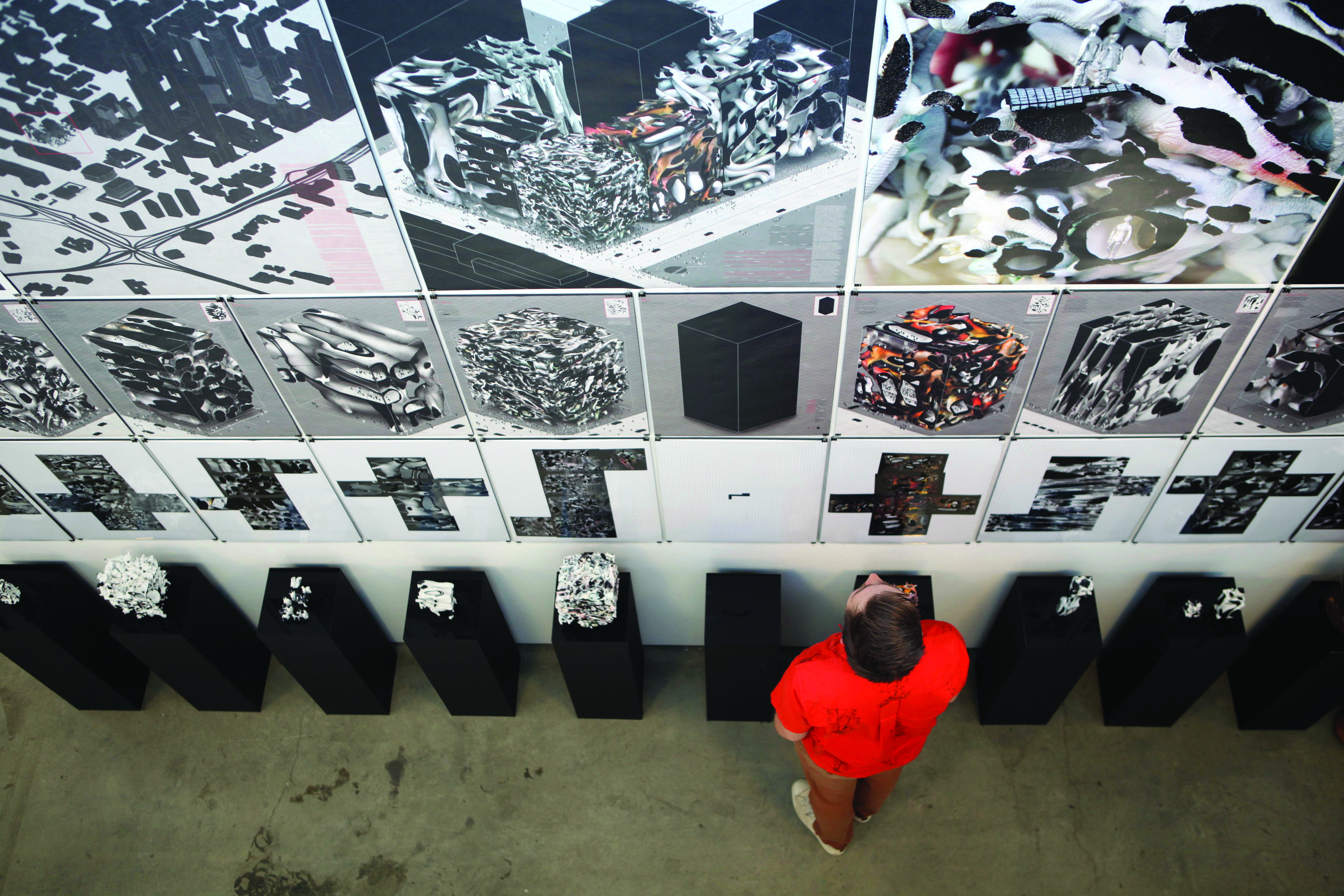Auburn University
One of the College of Architecture, Design and Construction’s (CADC) strongest supporters has been inducted into the 2014 Alabama Construction Industry Hall of Fame. Patrick B. Davis Jr., FAIA, NCARB, is a Vietnam veteran once active in the design of Vietnam Memorial. Davis generously created the Patrick and Judy Davis Endowed Scholarship for CADC, which gives consideration to U.S. military active duty servicemen or military veterans. Currently Vice president of Healthcare Services at CMH Architects, Inc., in Birmingham, Alabama, Davis joins the following CADC alumni in the Alabama Construction Hall of Fame: Nicholas H. Holmes Jr. (2001); Bill Caton Sr. (2007); William W. Herrin (2008); D. Riley Stuart (2009); Richard Saliba (2010); Jim Anthony and Daniel Bennett (2011); Richard E. Barrow (2012); and Jamie Aycock and William A. Hunt (2013).
The spring 2014 edition of the School of Architecture, Landscape Architecture and Planning’s (APLA) newsletter, StudioAPLA, has been published. The theme for the current newsletter is “Field Studies” and features several stories relating to student, faculty, and alumni experiences with travel and its importance in the academic and professional world.
On February 8, a team of Auburn College of Architecture, Design and Construction graduate students (Integrated Design and Construction and Building Construction) placed third in a design-build competition hosted by the Associated Schools of Construction (ASC) in Reno, Nevada. Auburn students have placed in the top three for the last four out of five years in this competition. To read more, please go to the Auburn University CADC website.
Recently the exhibit, “Robert L Faust: A Retrospective,” opened at the Alabama Center for Architecture in Birmingham, Alabama. The exhibit was curated by Prof. Christian Dagg, Chair of the Auburn Master of Integrated Design & Construction Program, who taught alongside Faust for several years and developed an interest in documenting Faust’s work.
Matt Mueller (BArch 2008) began his career in China in 2009 with the new Beijing office of the architecture branch of Atkins Global. Today Mueller is a senior manager of INCLUDED.design at INCLUDED, a non-profit organization that does, in their words, “essential work in difficult places, particularly the slums where migrants are crowded into the margins of big cities.” (http://included.org/) Recently Mueller was Architect in Charge for a mobile container project in Shanghai – a community center for the marginalized migrants in Shanghai that can be moved with the community if they are forced to change locations. For a complete description of the project, including drawings and images, please visit Arch Daily.
Auburn University students at the Rome Studio now have the opportunity to study at the Florence Academy of Art in Florence, Italy due to the generosity of 1987 Auburn architecture alumnus Keith Summerour, of Summerour Architects in Atlanta, Georgia. As part of a week-long workshop, thirty-five students and APLA professor Scott Finn will attend figure drawing classes each morning with art history studies and walking tours in the afternoon.
In the final months of the year-long celebration of Rural Studio’s 20th anniversary, the Studio aims to complete eight 20K Houses and five community projects. For more information about Rural Studio 20th anniversary (RS20) special lectures and events, visit the website.

 Study Architecture
Study Architecture  ProPEL
ProPEL 
